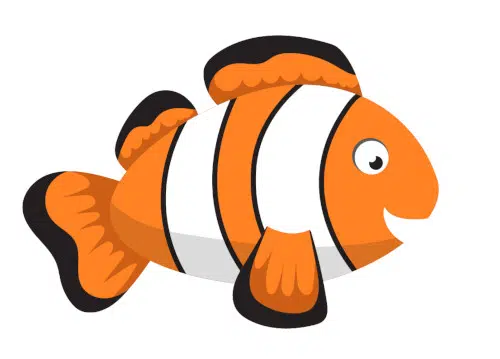
Coral bleaching is a sign of stress



In reality, the corals are initially white. But under the sea, they live in symbiosis with microscopic algae, which are called zooxanthellae. These are important for the animal because microalgae provide the necessary nutrients for the coral. In exchange, the coral provides microalgae with the elements they need for their survival.

It is a type of close and long-term collaboration between biological living beings
As these algae are deposited in thin layers on the surface of the coral, they also give color to the latter. In conclusion, when a coral is white, it does not mean that it is dead.


When the water becomes warmer or more acidic, microalgae attack the coral. In simpler terms, they produce too many nutrients and small molecules that kill coral cells. To defend itself, the coral expels microalgae.
But there are also other reasons for the disappearance of these microalgae from the surface of corals. Rising seas prevent photosynthesis from going well so that microalgae die.
Another very important element is the presence of sunscreen which would also cause the dieback of microalgae.


Microalgae ensure the delivery of essential nutrients for the survival of the coral. If there are no more microalgae, the coral is no longer fed and dies.
This is the reason why it is important that these microalgae can develop properly on the tissues of the coral.

It is the process by which plants use sunlight as an energy source to make “sugars”

If conditions become adequate again, microalgae can multiply and recolonize the coral. Nevertheless, beyond a few weeks, the coral dies of hunger.

Copyright © 2023 | CurioKids.net - All rights reserved